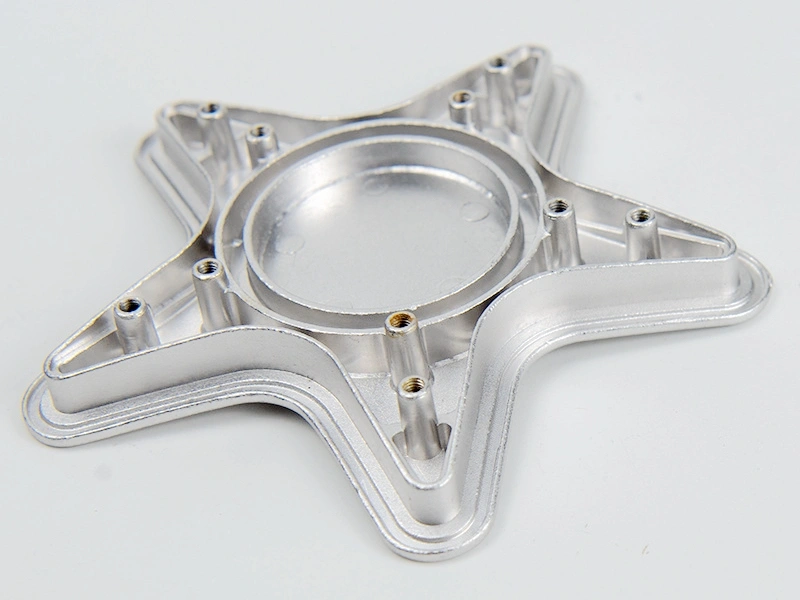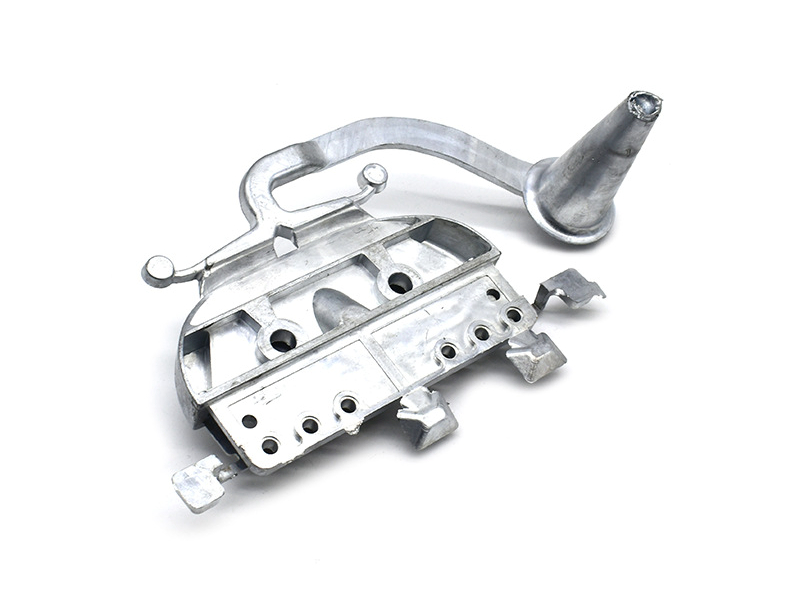What are the minimum wall thicknesses for die cast electronic components?
What Are the Minimum Wall Thicknesses for Die Cast Electronic Components?
Importance of Wall Thickness in Electronic Castings
Wall thickness in die cast electronic components affects structural integrity, weight, heat dissipation, and mold fill efficiency. Electronic enclosures, connector housings, and heat sink structures often require thin yet consistent walls to support compact layouts, thermal performance, and EMI shielding. Optimizing wall thickness is critical to ensure reliable casting without compromising dimensional stability or surface quality.
Standard Minimum Wall Thickness Guidelines
Minimum wall thickness depends on material selection, part size, and mold design. For precision electronic components, typical minimum wall thicknesses are:
Material | Standard Minimum Wall Thickness | Notes |
|---|---|---|
0.8–1.0 mm | High fluidity supports ultra-thin sections | |
0.75–1.0 mm | Best for fine-feature cosmetic enclosures | |
1.5–2.0 mm | Requires thicker walls due to lower flowability | |
1.2–1.8 mm | Suitable for moderately thin-walled parts |
Zinc alloys generally support thinner walls than aluminum due to lower viscosity and higher mold fill capability.
Factors Influencing Minimum Wall Thickness
Part geometry: Tall, unsupported walls may need extra thickness to avoid warping or sink marks
Mold design: Uniform wall sections reduce risk of shrinkage and cold shuts
Casting pressure: Higher injection pressure supports thinner, well-filled features
Thermal management: Thicker walls may be used near heat-generating components for better conduction
Post-processing: CNC machining or surface finishing may require added material allowance
Recommended Practices for Thin-Walled Die Casting
Maintain consistent wall thickness throughout the part to prevent internal stresses
Use rounded transitions and fillets to support smooth metal flow
Incorporate ribs or bosses for strength without increasing overall thickness
Avoid sharp corners and isolated thin areas that increase the risk of misfill
Neway uses mold flow simulation and tool and die design optimization to achieve thin-walled results without defects.
Neway’s Capabilities for Thin-Walled Electronic Castings
Neway supports advanced die casting for compact electronic parts through:
High-precision zinc die casting for ultra-thin connector housings and casings
Optimized aluminum casting with cooling control for stable thin walls
Rapid prototyping for wall thickness validation
Post-cast surface finishing and sealing for EMI or waterproof applications



